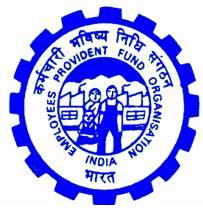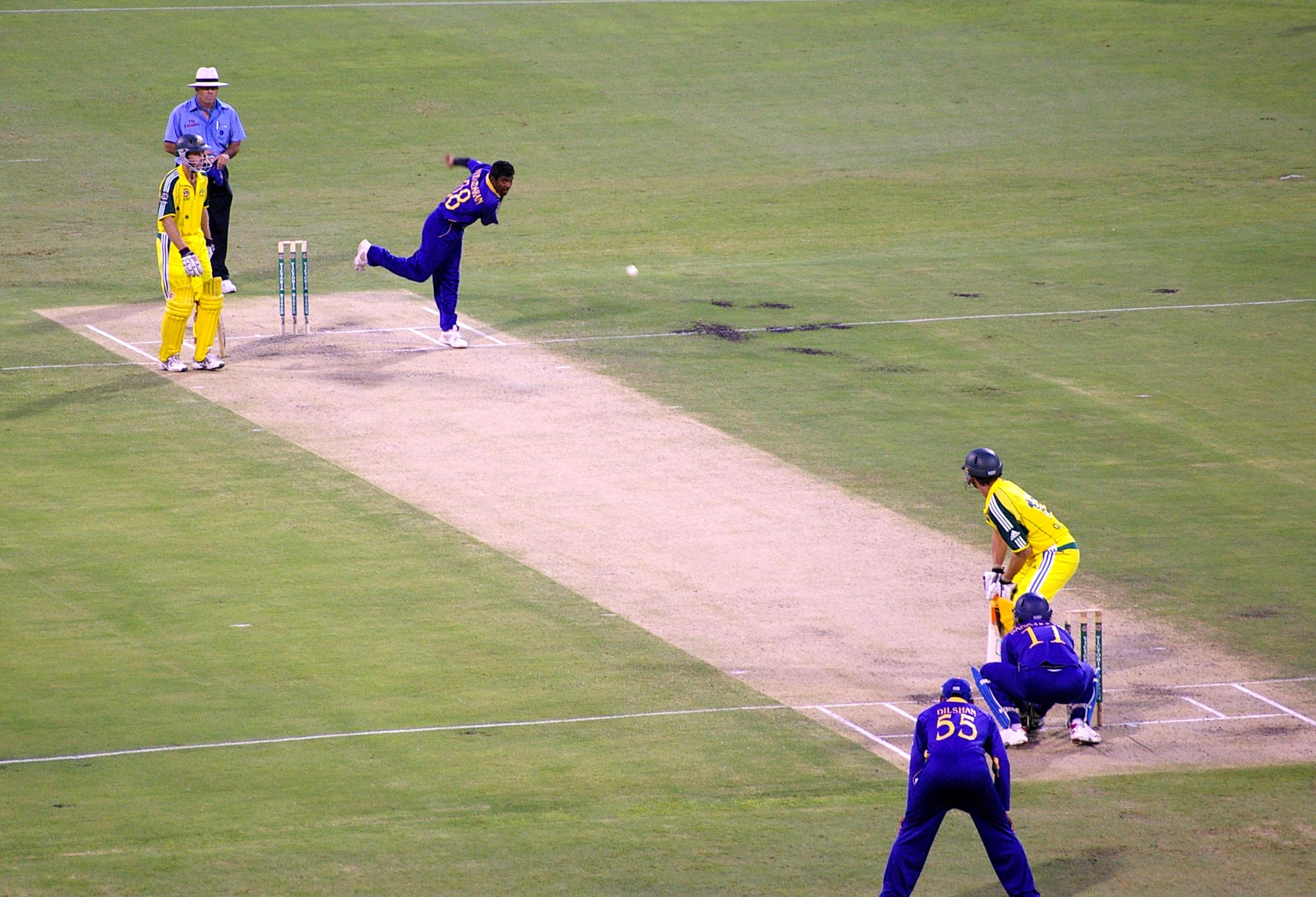This is one of the changes that I should have written about at least five-six weeks back, but somehow I did not. Nevertheless, given the long term impact of this change, it’s still not very late to discuss it.
From February 10, 2016, onwards, the government has restricted the total amount of money that any contributor to the Employees’ Provident Fund can withdraw. As the government notification points out: “The Central Board, or where so authorised by the Central Board, the Commissioner, or any officer subordinate to him, may on an application made by a member in such form as may be specified, authorise payment to him from his provident fund account not exceeding his own total contribution including interest thereon up to the date the payment has been authorised on ceasing to be an employee in any establishment to which the Act applies.”
The notification further points out: “The member making an application for withdrawal under sub- paragraph (1) shall not be employed in any factory or other establishment, to which the Act applies, for a continuous period of not less than two months immediately preceding the date on which such application is made.”
So what does it mean? It basically means that anyone who has been unemployed for two months or more can now withdraw only his own contribution into the Employees’ Provident Fund and the interest that has accumulated on it.
The employer’s contribution and the interest that has accumulated on it thereon, can only be withdrawn at retirement i.e. at the age of 58. The age of retirement has also been increased from 55 to 58.
This change does not apply to “female members resigning from the services of the establishment for the purpose of getting married or on account of pregnancy or child birth.”
Earlier the entire corpus that had been accumulated under the EPF could be withdrawn. And if the corpus had accumulated for five years or more, it was even tax-free.
This was a loophole used by many individuals to withdraw their entire accumulated EPF corpus at the point they changed their jobs. All it needed was a declaration that they were unemployed. The Employees’ Provident Find Organisation(EPFO) had no way of verifying this.
Of course, the move by the government to clamp down on total withdrawal of EPF, comes on account of individuals withdrawing their entire EPF corpus when they changed their jobs. This withdrawal led to people not building a good retirement corpus. If viewed from this angle, this is a good move.
It will help individuals build a good retirement corpus. Also, with only partial withdrawal allowed, it will encourage individuals to transfer their EPF accounts when they change jobs, instead of simply declaring that they are unemployed and withdrawing their contribution to the corpus.
Anyone who understands the power of compounding will know that this is a good move, given that as the corpus grows the compounding has a greater impact. An interest of 8% on Rs 1 lakh amounts to Rs 8,000. But the same interest on Rs 5 lakh amounts to Rs 40,000. A bigger corpus in case of EPF is only possible when employees transfer their EPF accounts when they move jobs.
Also, what happens to people who are actually unemployed and can only withdraw the employer’s contribution to the EPF and the interest accumulated on it, only after the age of 58?
In fact, as I write this, the EPFO has made a decision to give interest on inoperative EPF accounts. These are essentially accounts in which no contribution has been made by the employee or the employer for a period of 36 months. Hence, what this means is that an individual who is facing long-term unemployment and cannot withdraw a part of his EPF corpus, will continue to earn interest on the corpus that he cannot withdraw.
This was not possible earlier. This change had to be made given that if the government does not allow people to withdraw their entire EPF corpus, it should at least be paying interest on the part of the corpus that cannot be withdrawn.
But all this is just one side of the coin. What happens in case of individuals who actually lose their jobs and face long-term unemployment? In this day and age this is possible. Even though they have money in the form of the employer’s contribution to the EPF, and the interest earned on it, they cannot withdraw it.
This may force them to borrow money from money lenders. Hence, it is not fair on them. The trouble is that the EPFO up until now has had no way of verifying if the individual withdrawing the corpus is actually unemployed or is simply changing jobs. This is a weakness at the level of the EPFO.
Given the information technology infrastructure available these days, it shouldn’t be so difficult to figure out whether the individual is actually unemployed or is simply moving jobs. Let’s say the individual withdraws the entire corpus accumulated under EPF and then takes on another job, his permanent account number(PAN) continues to remain the same. So how difficult is it for the EPFO to figure out whether the person has actually changed jobs? Not very.
Other than people facing long-term unemployment, these days some individuals also like to take a break and go back to studying, in order to improve their job prospects. The money that they have accumulated under EPF can help in paying the part of the fee. People going back to studying at the age of 25-30 are really not thinking about retirement, they are thinking about improving their job prospects by studying more. And if they study more, their job prospects are likely to be better in the years to come.
The EPFO needs to be flexible on this front. A better information technology infrastructure can clearly help.
Also, I think we are reaching a stage, where people who are in a position to manage their money, need not depend on EPF. They need to negotiate with their organisations to have a minimal contribution made to their EPF and the remaining money be paid out to them as a part of their normal salaries, which they can then invest in order to save tax as well as accumulate a corpus. It will also ensure that a portion of their corpus is not stuck with the EPFO until the age of 58. Organisations which are looking to retain talent also need to be flexible on this front.
But given how HR departments in organisations work, I clearly don’t see this happening.
The column originally appeared on Vivek Kaul’s Diary on March 31, 2016.




